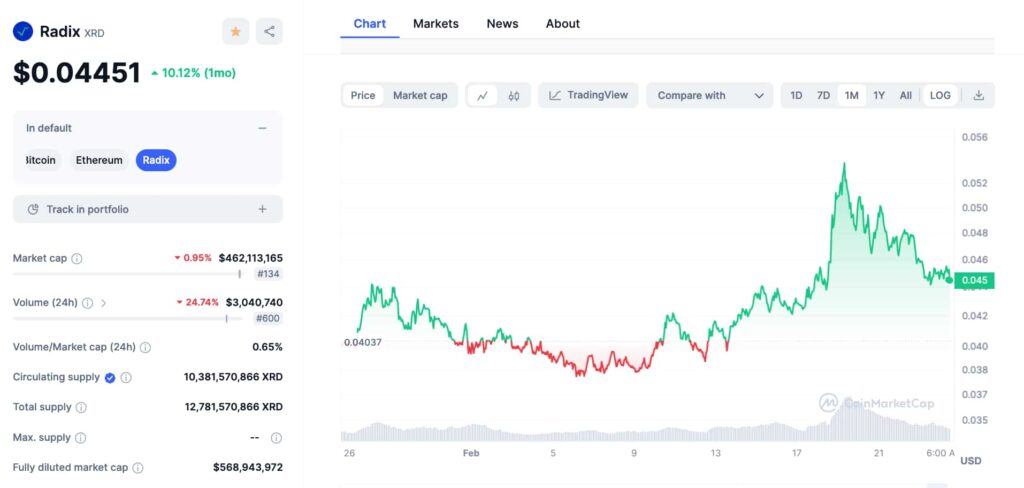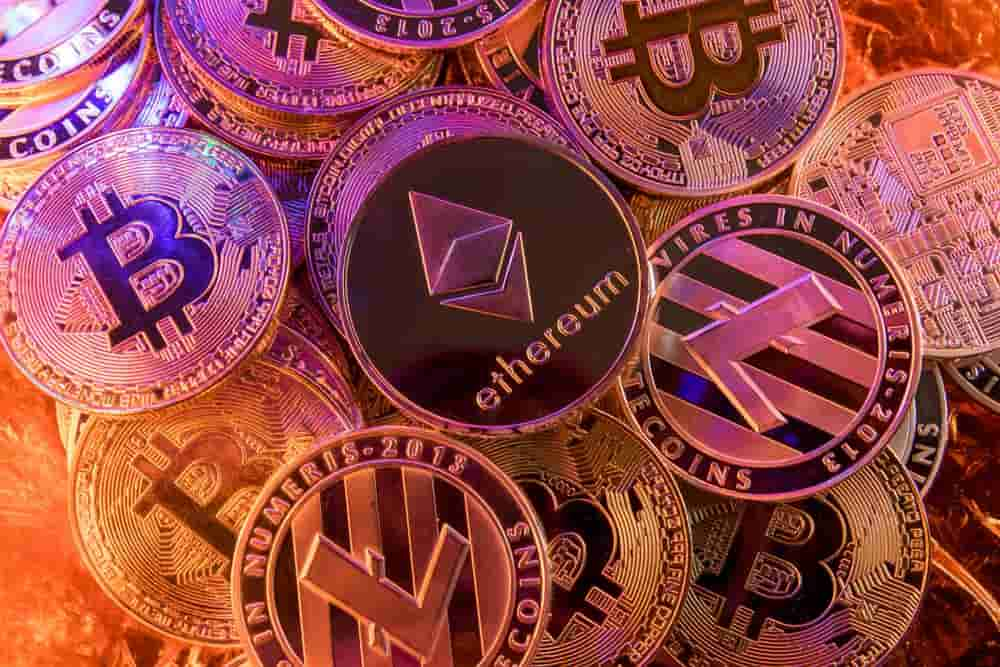Solana (SOL) and Avalanche (AVAX) were top performers in 2021 and 2023, offering more scalable solutions to Ethereum (ETH). Both ecosystems have grown in market capitalization from millions of dollars to billions of dollars, benefiting crypto investors who took advantage of this opportunity.
Now, as technology evolves, new investment opportunities are mushrooming in the world of cryptocurrencies through improved technology with lower capital.
In particular, Radix (XRD) has emerged as a promising candidate among layer 1 cryptocurrencies considering decentralized finance (DeFi) and Web3 solutions. Radix is part of a group of chains that use sharding to scale capacity while maintaining decentralization and security.
Other “shard” chains include MultirsX (EGLD), Near (NEAR), Sui Network (SUI), and Toncoin (TON), to name a few. Notably, XRD currently has the lowest market capitalization of these competitors, with a market capitalization of less than $1 billion.
Radix (XRD) Fundamental Analysis
From a fundamental analysis point of view, Radix is a $462 million cryptocurrency trading at $0.044. DeFi-focused projects have 10.38 billion XRD in circulation out of a total supply of 12.78 billion. This makes XRD a low-inflation token of approximately 2.5% per year, issued through a proof-of-stake mechanism with native delegation.

In the past, meme coins like PEPE have crossed the $1 billion market cap zone in a matter of days. Radix is probably undervalued considering its problem-solving ability is less than half this value.
In that regard, Radix is growing as one of the most innovative technology stacks in DeFi. Its asset-oriented model prevents wallet-draining hacks that are common in projects similar or compatible with Ethereum Virtual Machine (EVM).
Additionally, Radix's development language Scrypto and its consensus algorithm Cerberus ensure easy developer onboarding as well as the ability to atomically compose shard transactions processed by the network.
Radix (XRD) Technical Analysis
Meanwhile, the weekly chart suggests that XRD is an interesting crypto investment opportunity for traders who missed out on the likes of SOL and AVAX.
This is due to a recent breakout from a yearly downtrend, coinciding with a breakout from the 20-week exponential moving average (EMA). Interestingly, the last time it happened, Radix went from $0.05 to over $0.15 per token.
With price action reflecting this previous activity, XRD is at $0.1 per token, a gain of almost 125%. Additionally, this would give Radix a market capitalization of over $1 billion. Still, it's less than 10x his for Solana and Avalanche while solving relevant issues from both networks.

It is worth mentioning that both SOL and AVAX experienced major network outages in 2024.
In conclusion, Radix could be a promising cryptocurrency opportunity for investors interested in DeFi. There is a growing ecosystem with decentralized exchanges, lending protocols, gambling, and even a popular meme coin called HUG.
Nevertheless, XRD is a small and illiquid cryptocurrency, exposing investors to risks. Therefore, caution is very important when investing or speculating in these experimental projects.
Disclaimer: Content on this site should not be considered investment advice. Investments are speculative. When you invest, your capital is at risk.


